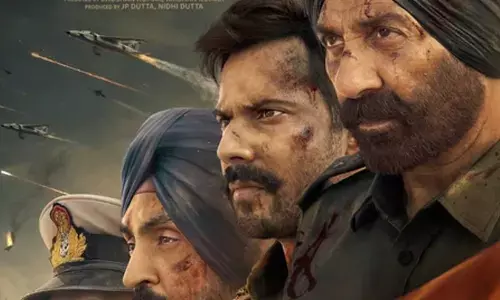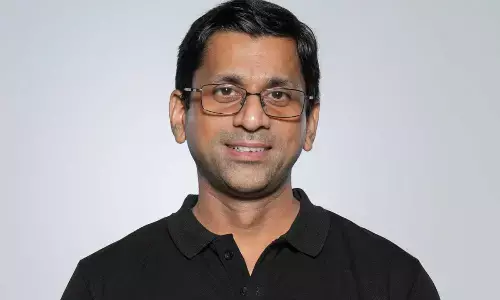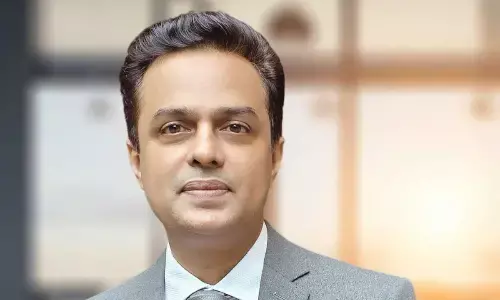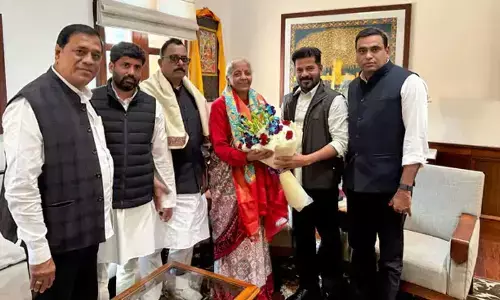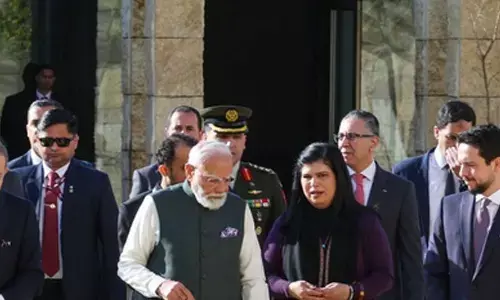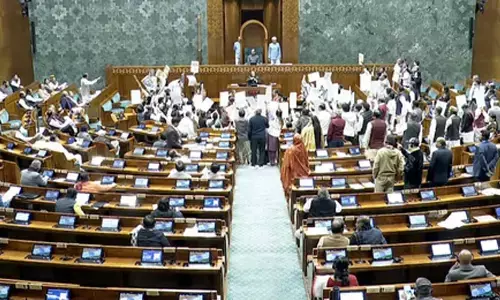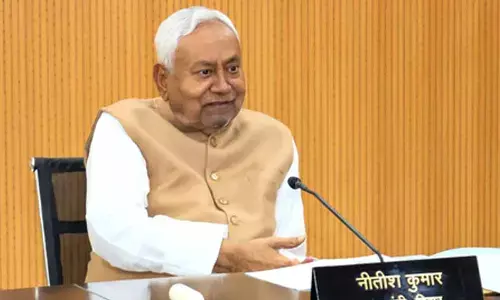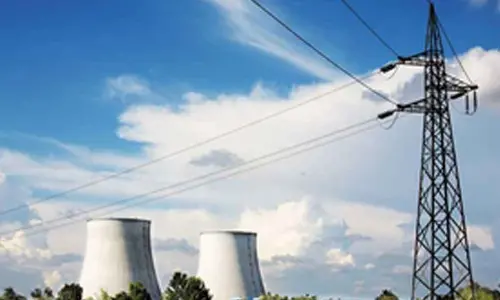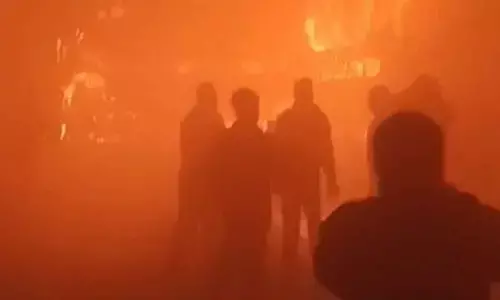When is Pola 2023? Date, History, Significance and Wishes to Share
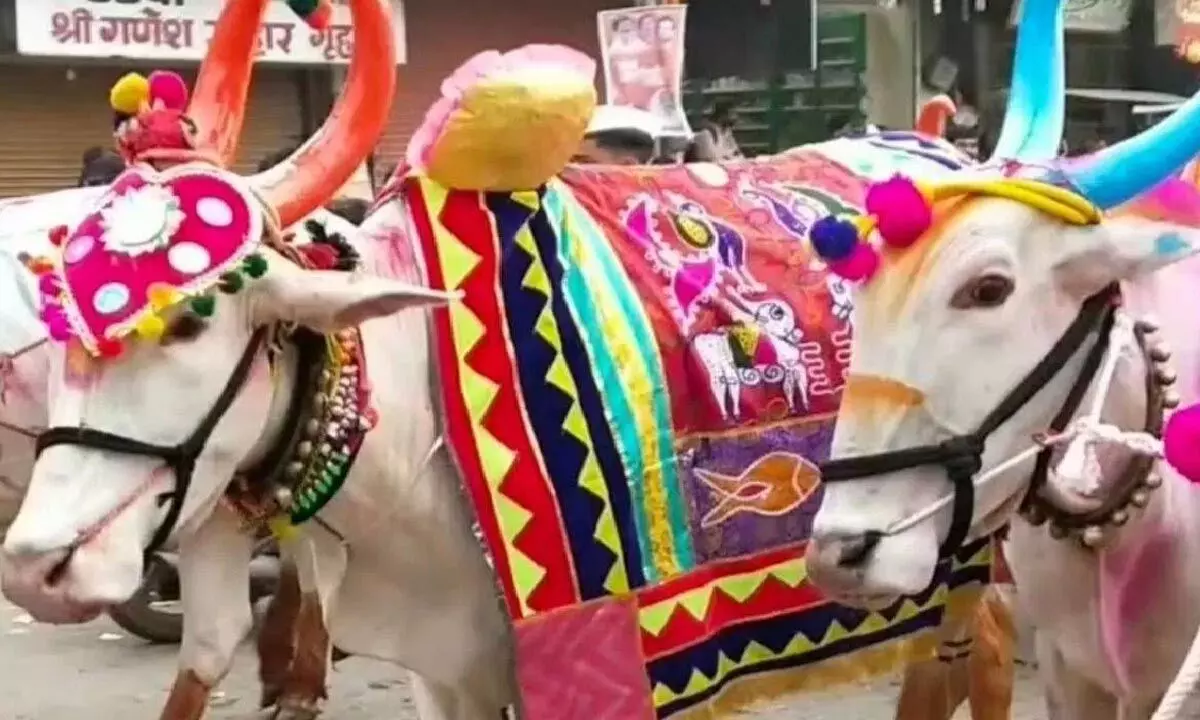
Pola is a traditional festival celebrated by farmers and the farming community in the Indian state of Maharashtra, mainly among the Marathi people
Pola is a traditional festival celebrated by farmers and the farming community in the Indian state of Maharashtra, mainly among the Marathi people. It is an important festival that honors and pays tribute to cattle, especially bulls, as they play a crucial role in agricultural activities. It is also a time for farmers to celebrate the end of the monsoon season and the beginning of the new agricultural year. Below is an overview of Pola, including its history, significance, how to celebrate it, rituals and some common wishes and greetings associated with the festival.
HISTORY AND SIGNIFICANCE OF POLA
Pola has its origin in rural Maharashtra, where agriculture and animal husbandry have been the main occupations for centuries. The festival dates back to ancient times, when farmers expressed their gratitude to their livestock for their valuable contribution to agriculture.
The festival signifies the importance of livestock in agriculture and livestock farming. Livestock, especially bulls, are considered sacred and are believed to be the driving force for agricultural activities such as plowing fields.
Pola is usually celebrated during the monsoon season, which is a crucial time for agriculture in India. It is a way for farmers to seek blessings for a bountiful harvest and ensure the well-being of their livestock.
HOW TO CELEBRATE POLA
1. Cleaning and decoration of livestock
Farmers clean, decorate and paint their livestock with vibrant colors, flowers and ornaments. The cattle are then paraded through the town or village as a sign of respect and appreciation.
2. Puja and rituals
A special puja (prayer) is performed for the cattle, where offerings such as grains, jaggery and turmeric are made. Farmers seek blessings for the health and strength of their livestock.
3. Celebrating
Families often prepare special dishes made from freshly harvested crops to celebrate. It is a time for community gatherings and sharing meals with friends and family.
4. Cultural shows
Traditional songs and dances are performed, and sometimes there are sporting competitions such as bullock cart races and tug-of-war events.
POLA 2023 WISHES AND GREETINGS
• Pola cha Hardik Shubhechha! (Wholehearted wishes Pola!)
• Pola laakho laakho shubheccha! (Countless wishes for Pola!)
• Pola chi khup khup shubhechha! (Many good wishes for Pola!)
• Happy Pola! May your bulls be healthy and strong, and may they bring you good luck and prosperity.
• May your cattle stay strong and healthy in this Pola!
• I wish you a prosperous and joyful Pola festival!
• May this Pola bring abundant harvests and prosperity to your life!
• May the blessings of Pola bring you an abundant harvest and a happy and prosperous year.
• Thank you for your hard work, my dear bull. You are a valued member of our family. Happy Pola!
• May your Pola celebrations be filled with joy, laughter and good food.
POLA RITUALS
1. The bulls are bathed in a mixture of milk, water, and turmeric. This is believed to purify them and protect them from diseases.
2. The bulls are decorated with flowers, garlands, and bells. They are also painted with colourful patterns.
3. The farmers offer prayers to the bulls, thanking them for their hard work. They also pray for a good harvest in the coming year.
4. The farmers take their bulls out for a walk or a procession. This is a way of showing their appreciation for the bulls and also to celebrate the festival.









